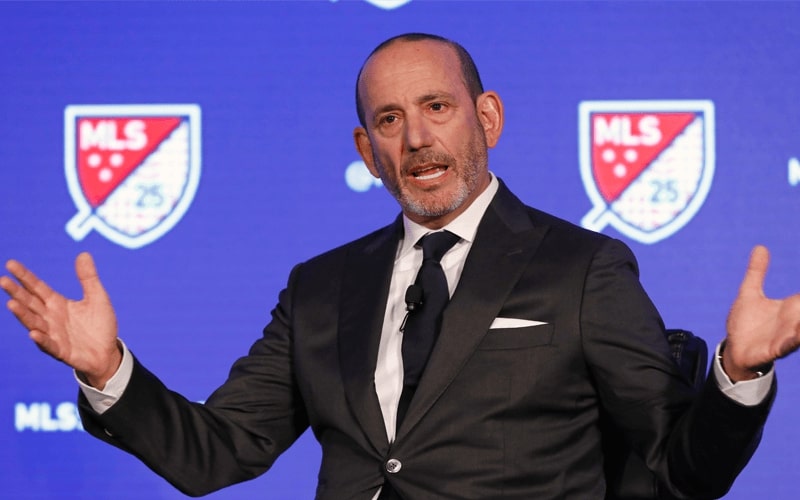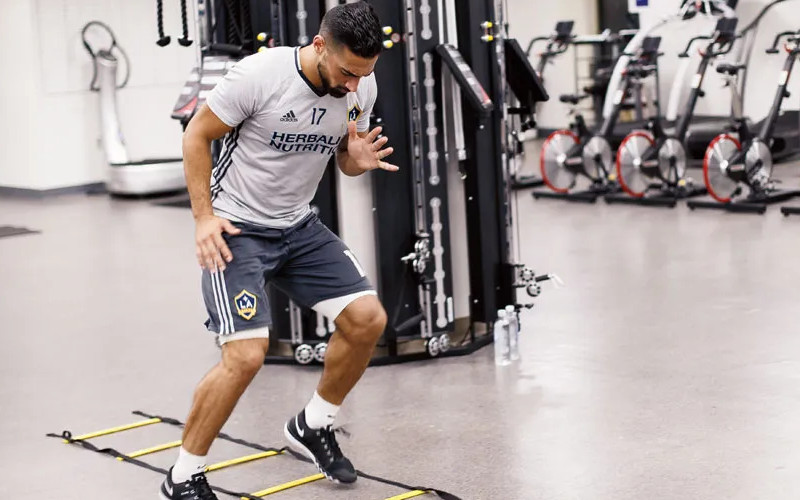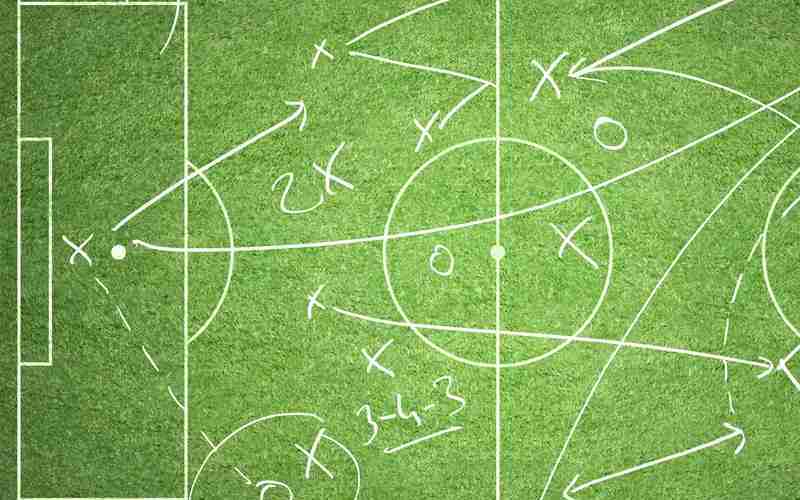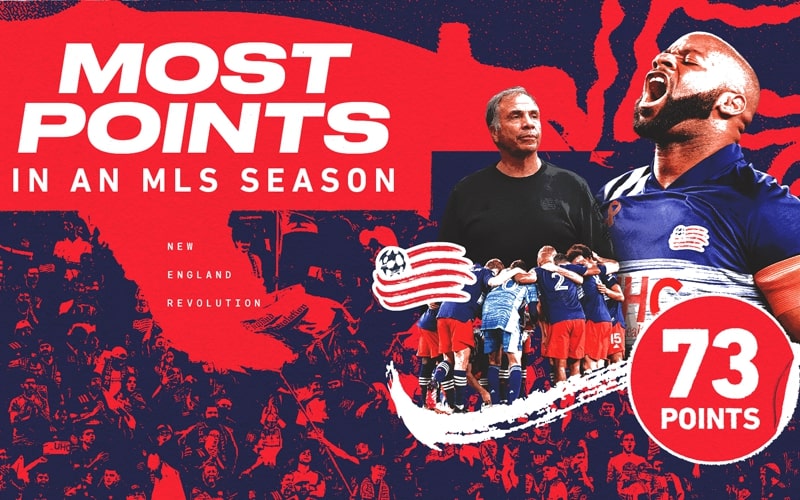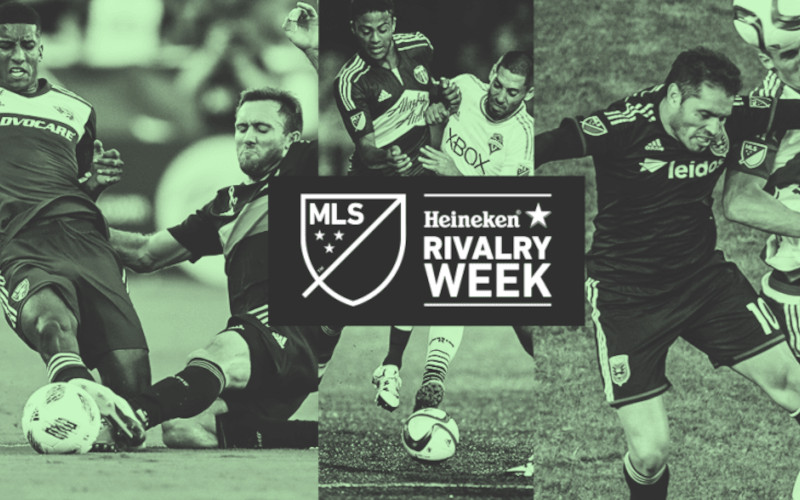The Essence of the CBA: A Brief Overview
The Collective Bargaining Agreement (CBA) is a critical document in the world of Major League Soccer (MLS). It’s a contract between the MLS Players Association (MLSPA) and the league itself. This agreement dictates the terms and conditions of player employment, ensuring that both parties’ interests are represented. From player salaries to travel arrangements, the CBA covers a broad spectrum of topics that influence the day-to-day operations of the league.
Player Salaries and Compensation
One of the most discussed aspects of the CBA is player compensation. The agreement sets the minimum salary for senior and reserve players. Over the years, we’ve seen a steady increase in these minimums, reflecting the league’s growth and the increasing quality of play.
Beyond the base salaries, the CBA also addresses other forms of compensation. This includes bonuses for achievements like making the playoffs or winning the MLS Cup. Additionally, there’s the concept of “Targeted Allocation Money” and “General Allocation Money.” These mechanisms allow teams to invest in their rosters while staying within the league’s salary cap.
Player Rights and Free Agency
The topic of player rights, especially free agency, has been a significant point of discussion in recent CBAs. Free agency allows players, under specific conditions, to negotiate contracts with other MLS teams once their current deal expires. This provision gives players more control over their careers, allowing them to seek better opportunities or return to their home cities.
Travel and Accommodations
Given the vast expanse of North America, travel is a significant concern for MLS teams. The CBA outlines provisions related to travel, ensuring players have adequate rest and suitable accommodations. This includes regulations on charter flights, hotel standards, and recovery time between matches. These guidelines aim to ensure players are at their best, regardless of the challenges of cross-country travel.
Health and Safety Protocols
Player welfare is paramount. The CBA delves into the health and safety protocols that teams must adhere to. This encompasses everything from medical staff qualifications to concussion protocols. In recent times, with the challenges posed by the global pandemic, the CBA has also addressed health guidelines related to infectious diseases, ensuring player safety both on and off the pitch.
Retirement and Post-Career Benefits
While the spotlight often shines on players during their active years, the CBA doesn’t neglect their post-career lives. Provisions related to retirement benefits ensure that players have a safety net once they hang up their boots. This includes pension plans and post-career educational opportunities. By addressing these concerns, the CBA ensures that players have support as they transition to life after soccer.
Youth Development and Homegrown Players
The future of MLS lies in its youth. Recognizing this, the CBA has provisions related to youth development and homegrown players. These rules aim to incentivize teams to invest in their academies, nurturing local talent. Homegrown player contracts, for instance, come with specific benefits, allowing teams to sign their academy products without subjecting them to the MLS SuperDraft.
The CBA is more than just a contract; it’s a reflection of the league’s values, priorities, and vision for the future. As MLS continues to grow and evolve, so too will the terms of the CBA, ensuring that the league remains competitive, fair, and in tune with the needs of its players.
International Duty and Player Releases
The honor of representing one’s country in international fixtures is a pinnacle for many players. The CBA addresses the dynamics between club and country. MLS teams are obligated to release players for FIFA-sanctioned events, including World Cup qualifiers and continental tournaments. This ensures that players don’t face conflicts between club commitments and national team duties. Additionally, the CBA outlines compensation structures for players on international duty, ensuring they’re adequately compensated for their time and potential risks.
Training Facilities and Standards
A player’s development and day-to-day preparation are heavily influenced by the quality of training facilities. The CBA sets standards for training grounds, ensuring they’re equipped with the necessary amenities. This includes quality pitches, gym facilities, medical rooms, and recovery areas. By setting these standards, the CBA ensures that all MLS teams provide their players with top-tier environments to hone their skills.
Contract Security and Transfers
In the world of professional sports, the security of a contract is paramount. The CBA outlines the terms of player contracts, including the lengths and conditions under which a contract can be terminated. This provides players with a sense of security, knowing the terms of their employment are clearly defined.
When it comes to transfers, the CBA delves into the specifics of intra-league and international moves. This includes the distribution of transfer fees, player rights during a transfer, and the mechanisms of trades within the MLS.
Grievance and Dispute Resolution
In any professional setting, disputes can arise. The CBA establishes a clear framework for addressing grievances between players and the league or their respective teams. This includes the establishment of a neutral arbitration process, ensuring that any disputes are handled fairly and transparently. By having this system in place, players can voice their concerns, knowing there’s a structured process to address them.
Media Obligations and Player Image Rights
With the growth of MLS, media obligations for players have increased. The CBA outlines the responsibilities of players concerning media appearances, interviews, and promotional events. This ensures that while players contribute to the league’s promotional efforts, their primary focus remains on training and match preparation.
Furthermore, the agreement delves into player image rights. This is crucial in an era where player likenesses are used in video games, merchandise, and various promotional materials. The CBA ensures players are compensated for the use of their image and sets guidelines on how and where their likeness can be used.
Community Engagement and Charitable Initiatives
Beyond the pitch, MLS players play a significant role in their communities. The CBA touches upon players’ involvement in charitable initiatives and community engagement activities. While players are often eager to give back, the agreement ensures that their time is respected and that such engagements don’t interfere with their primary responsibilities.
The intricacies of the CBA are vast, reflecting the multifaceted nature of professional soccer in the U.S. and Canada. As the league continues to evolve, the CBA serves as a foundational document, guiding the relationship between players and the broader MLS ecosystem.
Youth Academy Protections and Compensation
The future of MLS is deeply rooted in its youth academies. These institutions nurture the next generation of soccer talent. The CBA emphasizes the importance of protecting young players, ensuring they receive quality education, training, and overall development. This includes guidelines on training hours, educational commitments, and the overall well-being of academy players.
Moreover, if a youth product signs a professional contract abroad, the CBA ensures that the MLS club which developed the player receives appropriate training compensation. This not only incentivizes clubs to invest in their academies but also ensures they benefit from the success of their homegrown talents.
Player Housing and Relocation Assistance
Given the vast geography of North America and the transient nature of professional sports, player relocations are common. Whether it’s a young player moving to join an academy or a seasoned pro transferred to another team, the CBA outlines provisions for housing and relocation assistance. This includes helping players find suitable accommodation, covering certain moving expenses, and providing support in settling into a new city.
Offseason and Vacation Time
Rest and recovery are as vital as training and matchdays. The CBA stipulates the length of the MLS offseason, ensuring players have ample time to recuperate after a grueling season. Additionally, it defines vacation periods, ensuring players get breaks during the season, especially during congested fixture periods.
Performance Bonuses and Incentives
Beyond the base salary and standard matchday earnings, the CBA details performance-based bonuses and incentives. Players can earn additional compensation for hitting certain milestones, be it individual achievements like goal tallies or collective successes like winning championships. These incentives motivate players to give their best, knowing their efforts will be rewarded.
Insurance and Medical Benefits
The physical demands of professional soccer make players susceptible to injuries. The CBA ensures that players have comprehensive medical insurance. This covers not only injuries sustained during matches and training but also general health concerns. Additionally, in the unfortunate event of career-ending injuries, the agreement provides provisions for compensation, ensuring players have a safety net.
Post-Career Transition and Education
Life after professional soccer is a reality every player must face. The CBA recognizes this and includes provisions to support players in their post-career transitions. This includes educational programs, internships, and even coaching courses. By offering these opportunities, the CBA ensures that players have the tools to succeed, even after their playing days are over.
The depth and breadth of the CBA underscore the complexities of modern professional soccer. It’s not just about the 90 minutes on the pitch; it’s about creating an environment where players can thrive, both professionally and personally. The CBA stands as a testament to the commitment of both the league and the players to foster a sustainable, competitive, and holistic soccer ecosystem in North America.
